In this series of short films for schools pupils can learn about different aspects of World War One, using a mixture of children's research, artefacts and archive from the time.
The films centre round personal testimony monologues, although they are fictional, the stories are based on primary sources and highlight the diversity of the people affected by the war.
These clips are taken from the original ┤¾¤¾┤½├¢ series, WW1 A-Z and are suitable for teaching Key Stage 2 and above in England, Wales and Northern Ireland and Second Level and above in Scotland.
Some clips contain potentially upsetting content; teacher review is recommended before use in class.
A is for Archduke Franz Ferdinand. video
Pictures and commentary explain the beginning of World War One in 1914, sparked by the assassination of Austria-HungaryÔÇÖs Archduke Franz Ferdinand.
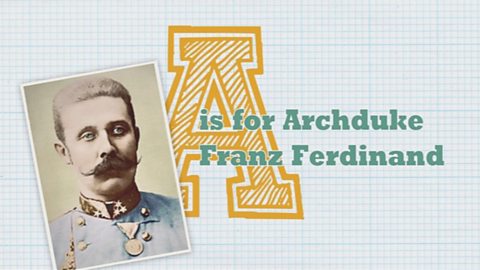
B is for Battalions. video
Newsreel and dramatic footage illustrate how the British army recruited groups of friends and neighbours to fight together.
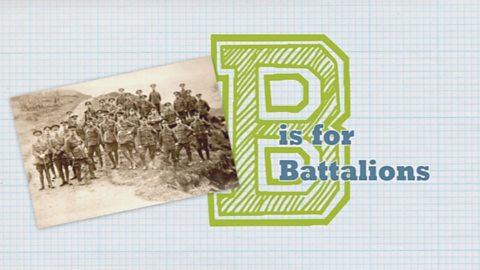
C is for Conscription. video
Newsreel and dramatic footage describe how Britain introduced conscription - compulsory army recruitment - in 1916.
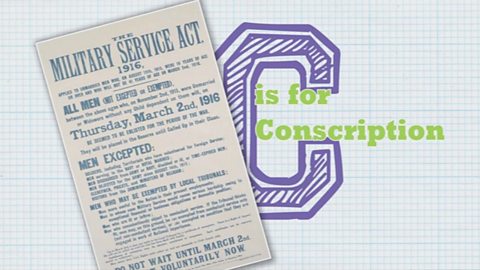
D is for Diary. video
Pupils examine wartime diaries and discuss the value of first-hand accounts. In a monologue, a war widow reads from her husbandÔÇÖs diary.
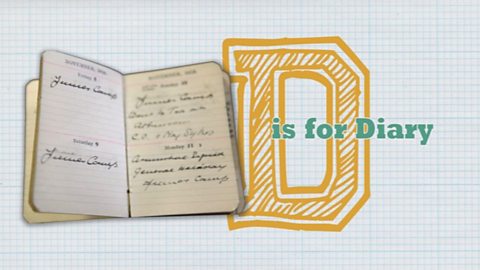
E is for Empire. video
Newsreel and commentary explain how the British Empire helped in WW1. An Indian soldier describes his brave actions in battle in a monologue based on a true story.

F is for Food. video
Newsreel, commentary and a monologue from an army chef in his field kitchen illustrate what soldiers in the WW1 trenches were given to eat.
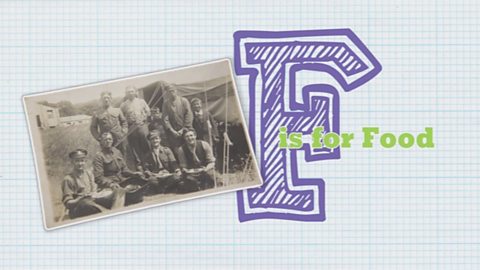
G is for Gas. video
School pupils handle a British gas mask from WW1. Newsreels of the period show soldiers using gas masks in training and at the front.

H is for Home Front. video
Newsreel and a dramatic monologue illustrate life on the Home Front in Britain during WW1.
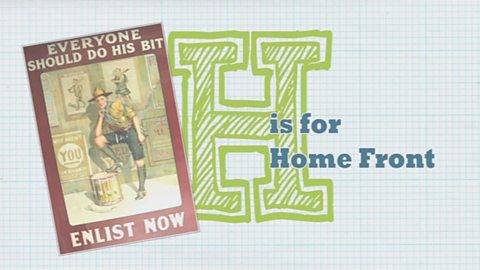
I is for In Flanders Fields. video
Newsreel, photographs and commentary introduce the Canadia Lieutenant Colonel John McCrae, who wrote the famous poem 'In Flanders Fields'.

J is for Jutland Jack. video
Newsreel and commentary about the role of patriotic songs in World War One, plus a dramatic monologue about the songwriter Ivor Novello.
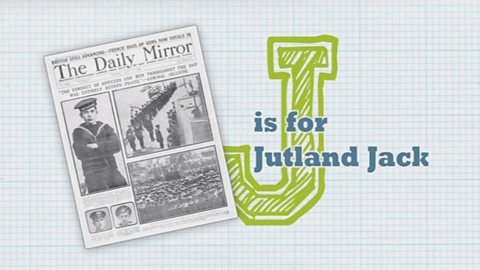
K is for Keep The Home Fires Burning. video
Newsreel and commentary about the role of patriotic songs in World War One, plus a dramatic monologue about the songwriter Ivor Novello.
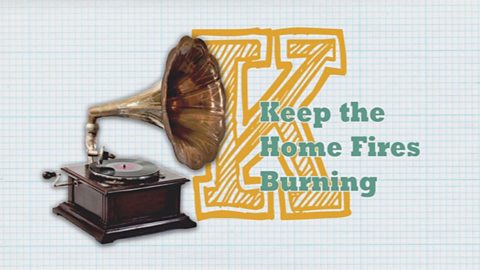
L is for Lusitania. video
Newsreel and a dramatised monologue about the Lusitania, a passenger ship that was sunk by a German U-Boat off the coast of Ireland.
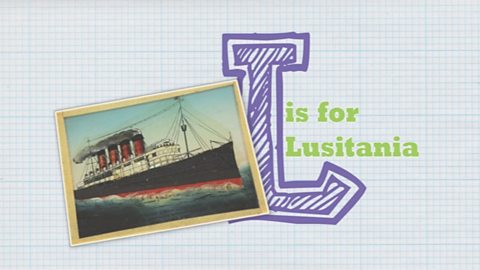
M is for Medicine. video
Newsreel and a dramatised monologue about the advances in medicine made during World War One.
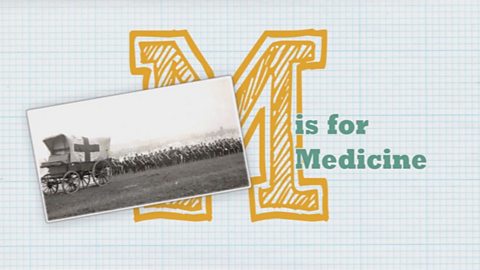
N is for Nurses. video
Commentary, newsreel and dramatic monologue describe the role of nurses during WW1, including the work of Edith Cavell.
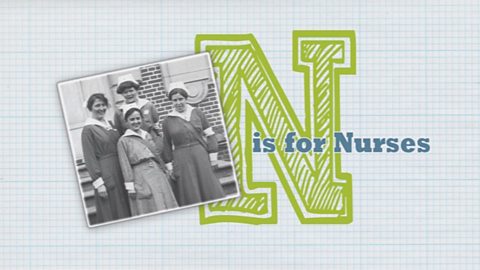
O is for Owen (Wilfred) video
Commentary, newsreel and dramatic monologue introduce Wilfred Owen, today one of the most widely recognised WW1 poets.
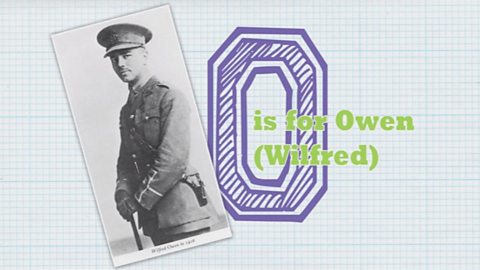
P is for Post Office. video
Photographs, newsreel and dramatic monologue show how the Post Office carried messages and parcels from home to British Tommies in the trenches.
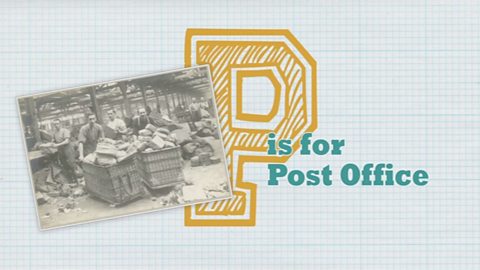
Q is for Quartermaster. video
Newsreel and dramatic monologue explain the role of the quartermaster in keeping British WW1 troops supplied and equipped.
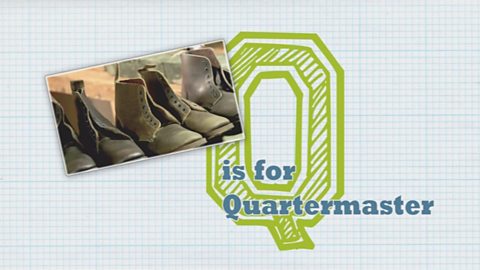
R is for Remembrance. video
Schoolchildren describe the national act of remembrance that takes place on 11th November each year.

S is for Shrapnel. video
Newsreel and dramatic monologue describe the effects of shrapnel in WW1, and the role of woman doctors in treating its effects.
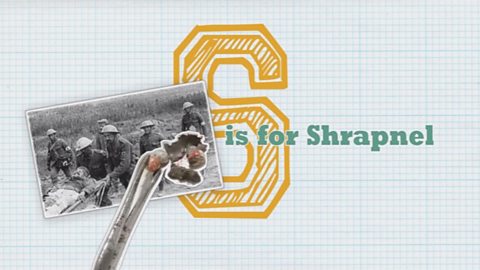
T is for Trenches. video
Newsreel, schoolchildrenÔÇÖs commentary and dramatic monologue describe the conditions of British trenches on WW1's Western Front.
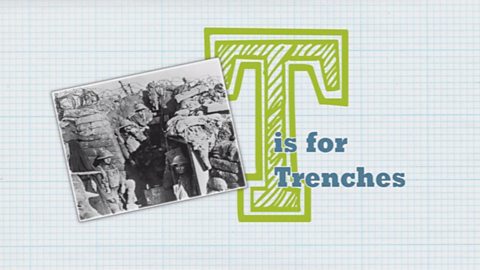
U is for Unsung Heroes. video
Newsreel, schoolchildrenÔÇÖs commentary and dramatic monologue illustrate the role of animals in WW1, including the famous terrier Sergeant Stubby.
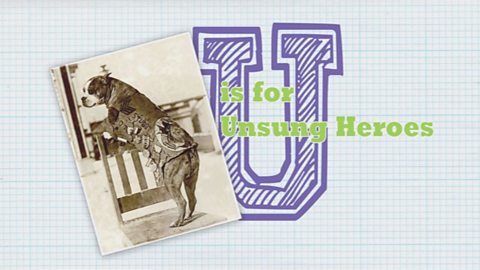
V is for Victory. video
Newsreel, schoolchildren and dramatic monologue show the victory celebrations in 1918 at the end of WW1.

W is for Women. video
Newsreel and dramatic monologue honour the role of British women during WW1, particularly those who worked in munitions factories.
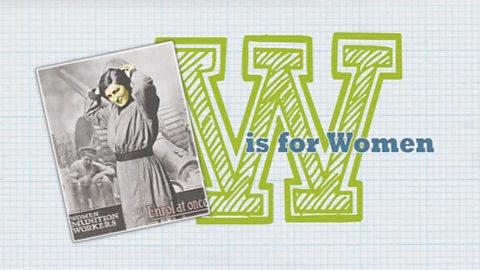
X is for Xmas Truce. video
Through newsreel, children's commentary and dramatic monologue, this short film for primary schools tells the story of one Christmas Eve in 1914 when peace broke out in the trenches.

Y is for Your Country Needs You. video
A selection of British newspaper headlines from WW1 suggest the impact propaganda had in Britain.

Z is for Zeppelin. video
Newsreel, a school childÔÇÖs commentary and dramatic monologue give an account of the Zeppelin raids on Britain starting in 1915.
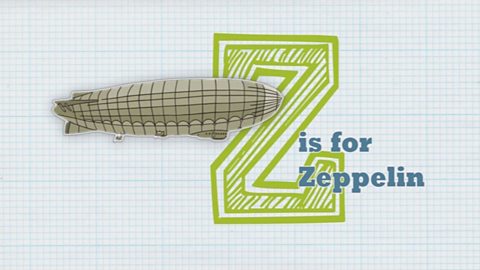
╠²